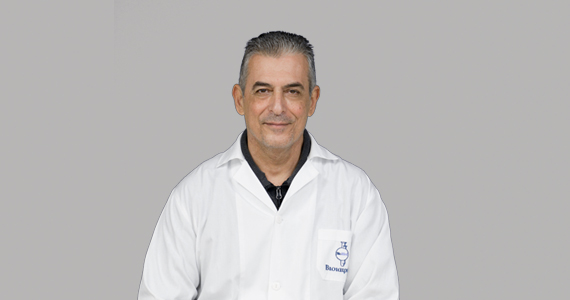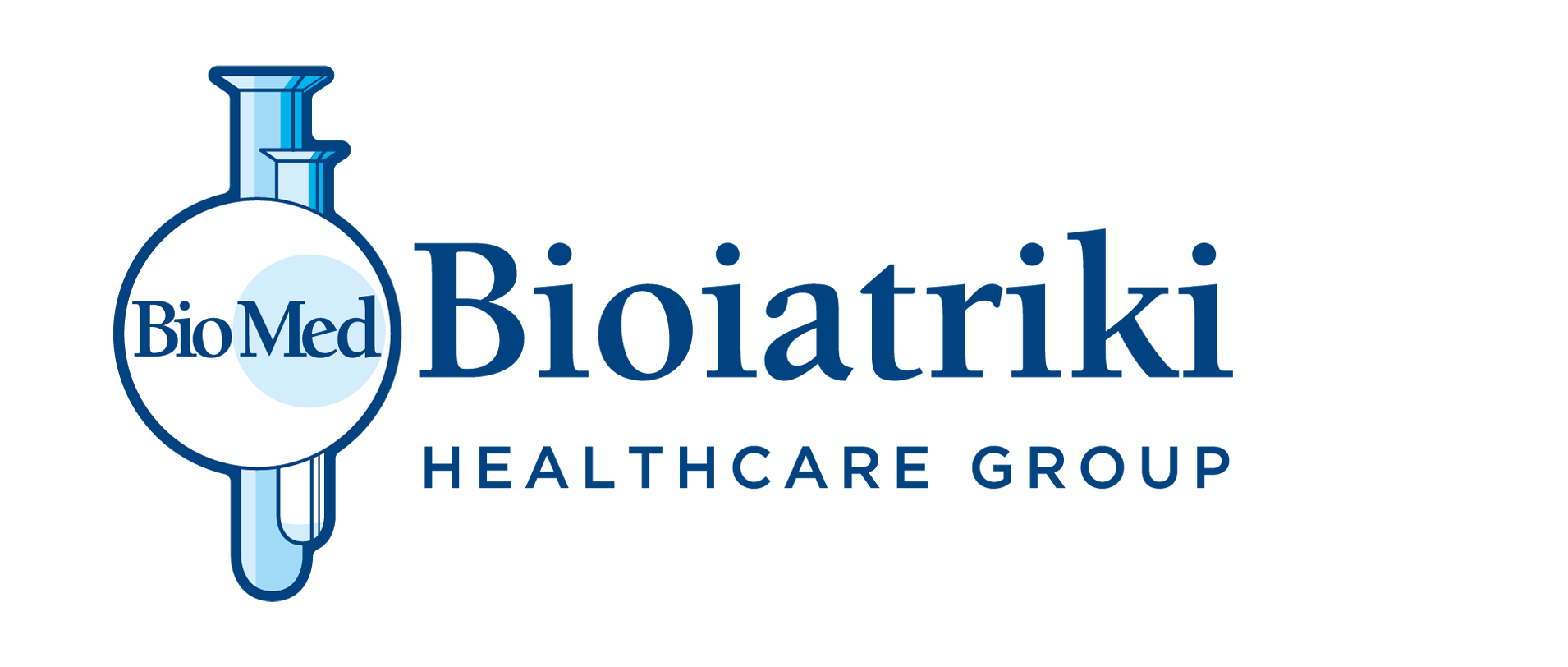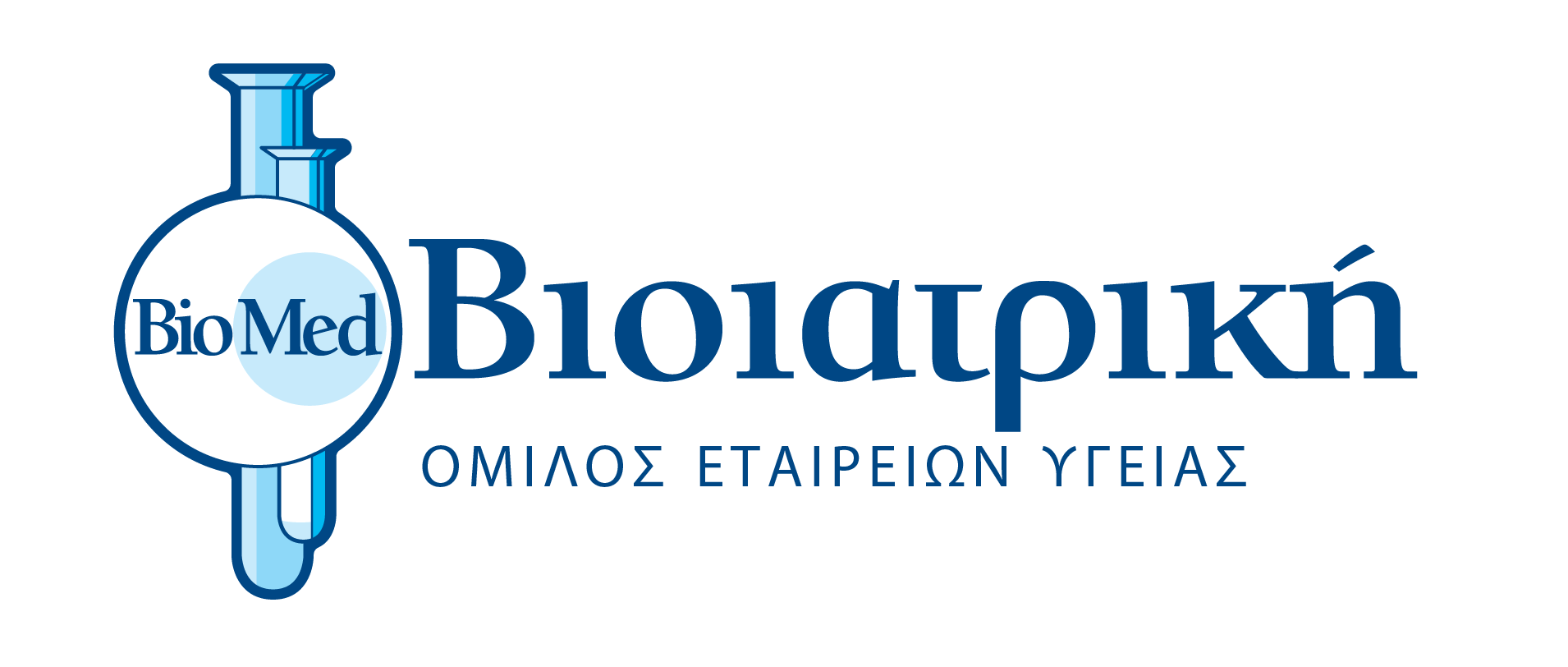
by Dr. Ιlias Βoutis
Iron is an essential element for all living organisms as it possesses a key role in many metabolic pathways, carries oxygen and electrons in the respiratory chain, participates in DNA synthesis and in regulation of cell cycle.
Anemia develops in cases of people who do not have enough healthy red blood cells. Iron-deficiency anemia is the most clinically significant manifestation of iron deficiency, and the most common type of anemia worldwide. It is most commonly found in infants, children, adolescents, and women of reproductive age.
Iron possesses a fundamental role in synthesis of both myoglobin and hemoglobin. Therefore, iron deficiency may lead to decrease in the function of tissues such as brain, muscles, and blood.
Symptoms of iron-deficiency anemia based on the iron deficiency levels
The severity of the disease is based on the iron levels in the blood of an individual. When these levels are lower than normal, there may be iron deficiency, iron depletion, hematopoiesis in iron deficiency state, and iron deficiency anemia. Based on the above categorization, it is important not to confuse iron deficiency anemia with sporadically low iron levels.
The safest way to detect reduced iron levels is through preventive blood tests, run on people of all ages. Additionally, iron deficiency anemia causes symptoms that may indicate a need for control in people who experience them, such as weakness, excessive tiredness, shortness of breath, pallor, hair loss, skin ulcers and itching, nail fragility, xerostomia (dry mouth), inflammation or pain in the tongue and lips, tachycardia, chest pain, numbness in the extremities, while possible symptoms such as pica (the unusual desire for consuming non-food items such as ice cubes, soda, clay, even pencils or dried paints).
What may cause iron deficiency anemia and why awareness is important?
Iron deficiency anemia is caused when the body does not get the iron it needs or when its needs are high and not adequately met. Some examples are:
- Inadequate dietary iron intake, e.g., during a weight loss diet
- Reduced iron absorption: Iron is absorbed in the small intestine. In patients with intestinal inflammation (such as Crohn’s disease), or after small bowel removal surgery, the use of drugs often reduces iron absorption.
- Pregnant women, infants, teens, and athletes who have increased iron need.
Blood loss. In other words, women with heavy menstruation or polyps or after surgery or with other certain diseases, such as peptic ulcer may develop iron deficiency anemia. The condition is also common in people on hemodialysis. Iron deficiency anemia based on the severity may result in other health issues such as:
- Heart issues, e.g., tachycardia or arrhythmia. This is because the heart must carry more blood to the tissues, due to its limited oxygen content. Therefore, megalocardia or heart failure are also possible results.
- Issues during pregnancy: In pregnant women, iron deficiency anemia has been linked to premature birth and low birth weight of the neonate.
- Child and infant development issues: In children and infants, severe iron deficiency can cause anemia and growth retardation. Additionally, iron deficiency anemia has been associated with increased susceptibility to infections.
Diagnosis and prevention of iron deficiency anemia
Diagnosis for iron deficiency anemia can be achieved with blood tests in a laboratory. Basic indicators are hemoglobin and hematocrit which are included in complete blood count (CBC) test. Ferritin test is another way for diagnosing iron-deficiency anemia. Upon request by your personal physician, more specialized tests can be run, such as measurement of TIBC (total iron-binding capacity) and the measurement of transferrin, both of which indicate iron deficiency anemia when their levels are elevated.
In case that blood tests indicate iron deficiency anemia, your doctor may request additional tests to identify its causes. These may include endoscopy to check for stomach bleeding, colonoscopy, or CT scan to check for bowel hemorrhage and ultrasound to check for uterine fibroids (leiomyomas or myomas) in women.
Treatment of iron deficiency anemia
Diet plays a key role in the treatment of iron deficiency anemia. In particular, it is especially important to eat foods rich in iron, in combination with foods rich in vitamin C, which helps the body absorb iron. Foods particularly rich in iron are the following:
- Liver, red meat and poultry
- Eggs
- Seafood
- Nuts
- Beans and peas
- Dark green leafy vegetables (e.g., spinach)
- Dried fruits
- Cereal, bread, and spaghetti with added iron
Note that iron from animal sources is more easily absorbed. For this reason, people with a specific diet, such as vegetarians, need to consume larger amounts of iron-containing foods to make up for the reduced absorption from plant sources.
Finally, in cases where the treatment only through proper nutrition is not possible, there is iron administration for restoring normal erythrogenesis and iron stores.
*Medical Biopathologist-Microbiologist YIANNOUKAS MEDICAL LABORATORIES | BIOIATRIKI HEALTHCARE GROUP









